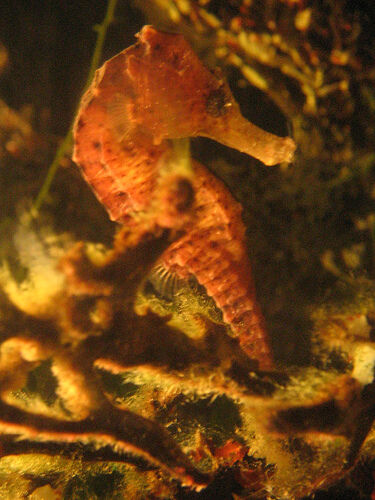Asexual reproduction takes place when an individual produces an identical copy of itself. All the descendants are then called clones. This type of reproduction does not require the presence of male and female parts, and it occurs in plants as well as in certain species of animals.
Asexual reproduction is common in invertebrates. However, sometimes they also reproduce sexually. Vertebrates, on the other hand, mainly reproduce sexually.
Some of the asexual modes of reproduction recorded in animals include budding, fission, and cloning.
| Asexual mode of reproduction in animals | Description | |
| Budding | A new individual detaches from a parent individual or remains attached to it, thus giving rise to a colony. The new engendered individual is called a bud. This mode of asexual reproduction is common in the microscopic freshwater hydra (see image 1), in corals (see image 2) and in sponges. |
|
| Scissiparity - Regeneration (or fragmentation) | Mode of asexual reproduction by which an individual dissociates into several pieces to form new individuals. Sea hydra can reproduce this way. Some starfish can also reproduce by scissiparity. |
 Source |
| Cloning |
Natural or artificial multiplication of an individual's genetic blueprint in order to create beings similar to the parent. These new individuals are called clones. The sheep Dolly was the first mammal to be cloned. She was born in 1996 and died in 2002 after being euthanized due to serious health problems. |
 Source |
Some individuals can also occasionally reproduce without resorting to fertilization. For example, some females may have their eggs develop without first having been fertilized. This phenomenon is called parthenogenesis. It is found, among others, in certain species of insects and reptiles.
When one or more individuals are born following the combination of two types of cells, male and female, this is referred to as sexual reproduction. The offspring look a lot like the parents, though they are not identical copies. Sexual reproduction occurs both in plants and in animals.
In fact, this type of reproduction has the advantage of varying the genetic baggage, thus leading to the mixing of genes and to the differentiation of individuals, which would contribute to the natural selection of individuals, whereby only the strongest survive. This is one of the reasons why this is the most common mode of reproduction on the planet.
In all animals, sexual reproduction occurs when a male individual meets a female individual, which is known as mating.
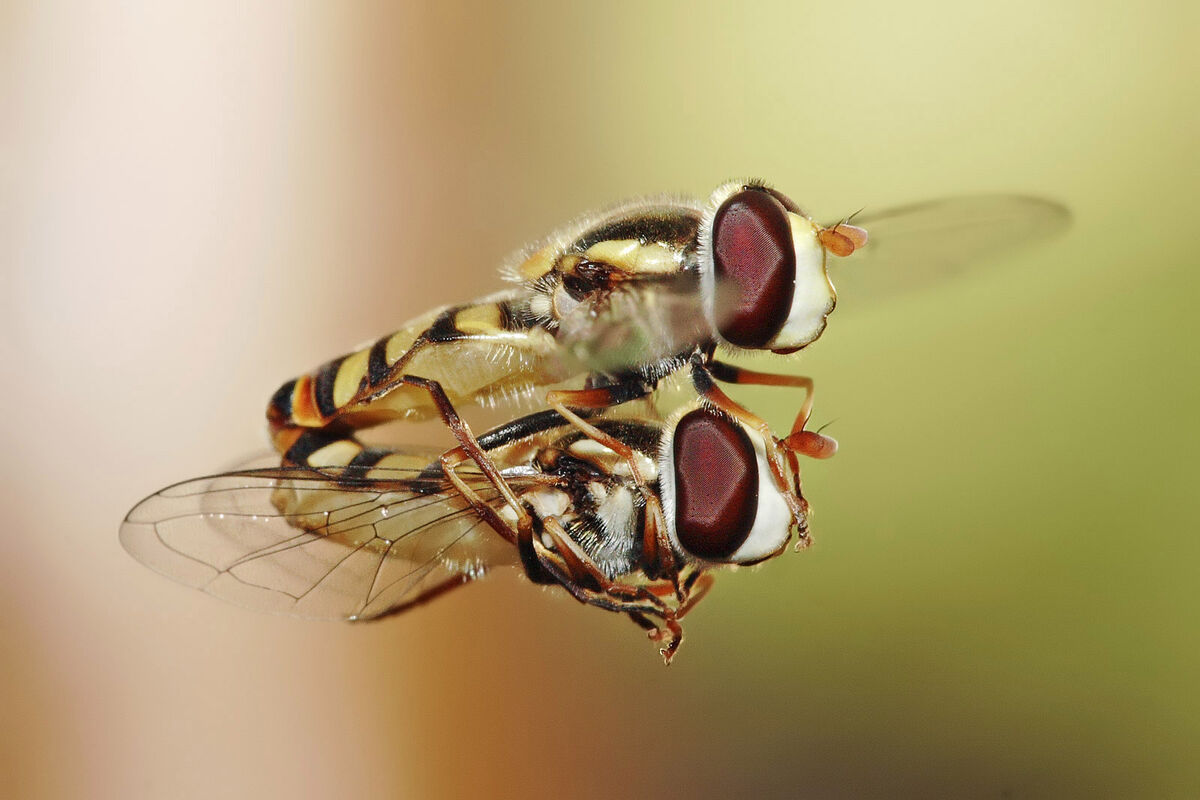
During this mating, fertilization can take place, depending on the species, inside (internal fertilization) or outside (external fertilization) of one of the two partners’ bodies, usually that of the female. For several animal species, the two partners must be attracted before mating, which occasionally leads to elaborate courtship behaviours (courtship, dance, construction of a nest, etc.). Mating always takes place in species that reproduce by internal fertilization, but it rarely occurs with species opting for external fertilization.
Following fertilization, a zygote, also called an egg, is formed to develop and form an embryo.
Once fertilization has taken place, whether internal or external, the development of the egg can take place outside or inside the female. There are in fact three types of development: oviparity, viviparity and ovoviviparity.
The eggs are laid by the females. These can be fertilized by the male before or after egg-laying.
For oviparous animals, there is no nutrient exchange between the embryo and the mother. The embryos feed on the reserves that are found in the eggs. The embryos that develop in the eggs are sometimes left on their own if they are neither incubated nor protected by the parents.
Oviparous animals include:
| Many species of reptiles |  |
| The majority of birds |  |
| The majority of amphibians |  |
| Many species of fish |
Source
|
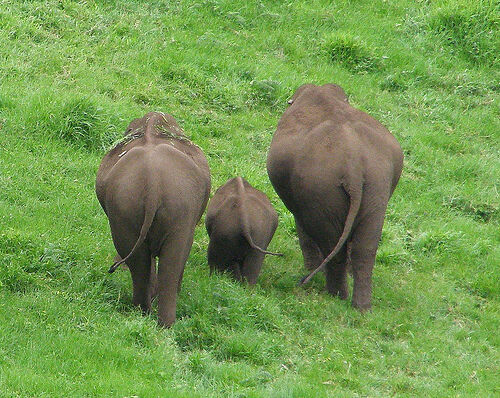
Viviparity is a type of development whereby embryos or eggs are kept in the female's uterus or genital tract until hatching or birth. A close nutritional relationship then develops between the mother and its newborn (through blood flowing through a placenta, for example).
This type of development is characteristic of mammals (except the platypus and echidnas), certain reptiles, amphibians, insects, and fish.
The platypus and the 4 species of echidna both have oviparous and mammalian characteristics. They lay eggs, but nurse their young after birth. They form the monotreme group.
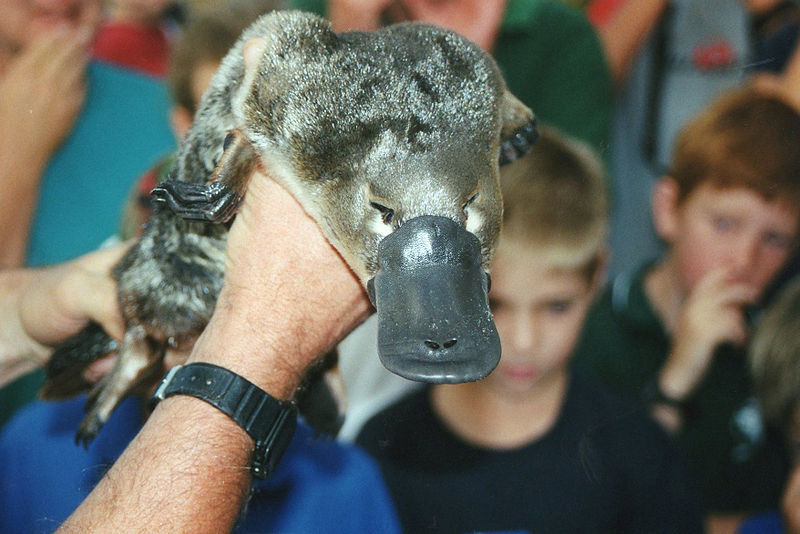
Some species may keep the eggs inside the female during the incubation of the fertilized eggs and even after hatching. However, the eggs’ embryos have no nutritional relationship with the mother, except when it comes to certain gas and water exchanges.
This type of egg development is common in many fish, reptiles, insects, and invertebrates.
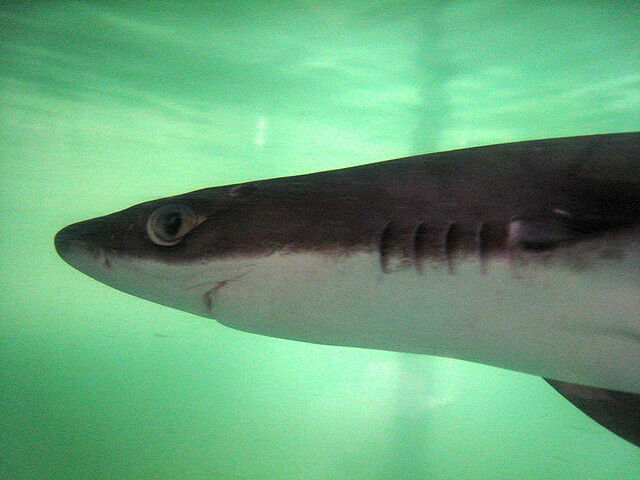
The case of seahorses
Seahorses are ovoviviparous animals, but there is something different about them. In fact, in these animals, it is the male who carries the eggs in a ventral pouch. The female seahorse deposits her eggs in the ventral pouch of the male who then fertilizes them with his sperm. The offspring come out of the pocket only when they can survive on their own. During incubation, the young don’t yet have any nutritional relationship with the male since they feed on the reserves available in the egg.
